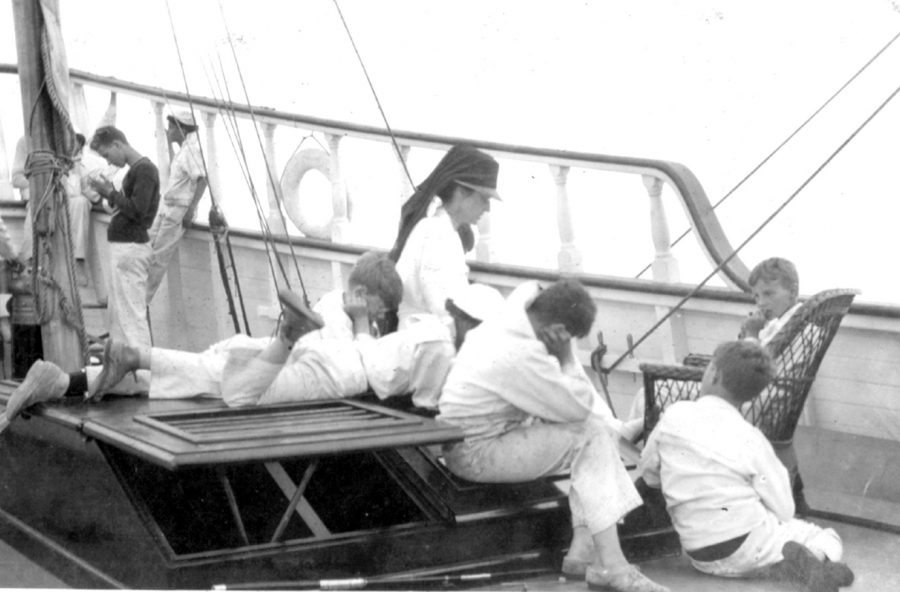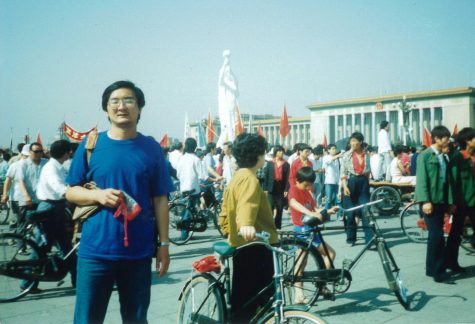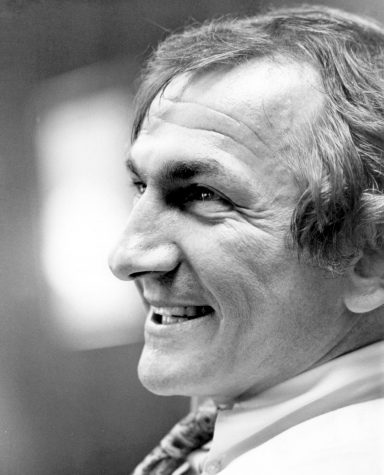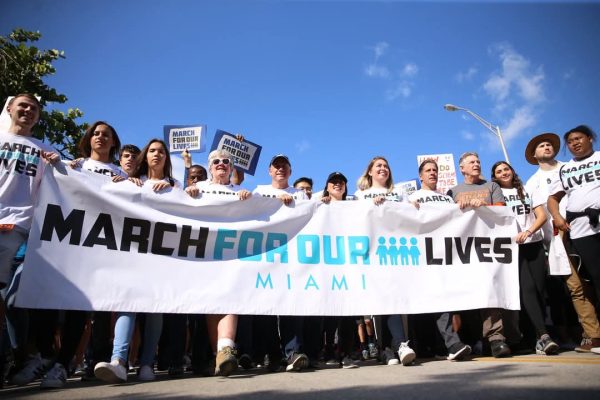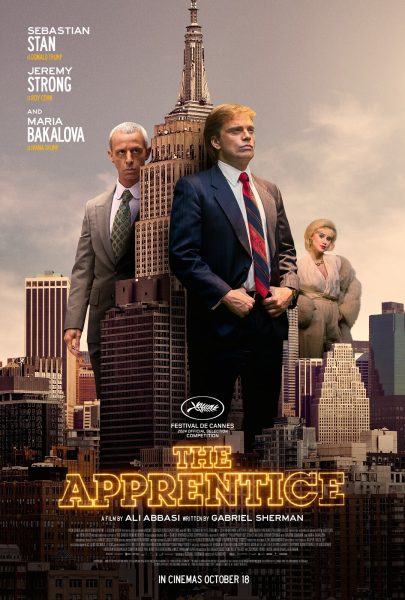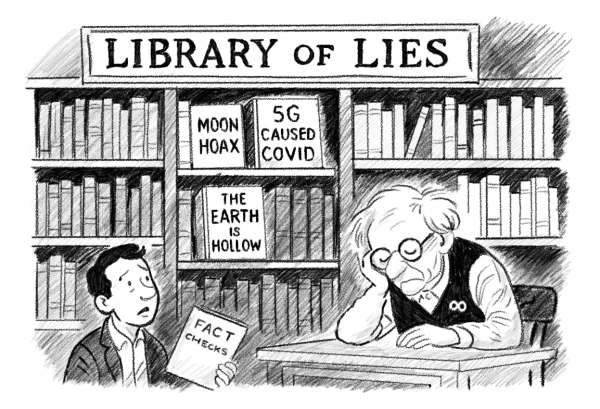A little bit of ‘Her-story’
Courtesy of the Ransom Everglades Archives
Mrs. Ransom spends time with students on the water.
Hello again, Ransom Everglades students! I hope everyone is holding it together. As all seniors know, we just got over the brunt of application season, so I hope no one was strangled and you all drank lots of water.
Juniors, I know this year is very tough. Believe me, I know. Just try to stay calm and don’t crack under all the pressure. Get lots of sleep, and try to spread out your studying or your homework. I guess that applies to both seniors and juniors.
Also, eat lots of vegetables. And meat. Always.
Sophomores, you are all basically experts already after spending a year here, so I’m sure that things are going well for you. I can tell that you are more comfortable around campus, especially since many of you feel okay coming up to me to talk.
Freshmen, I hope you are almost past the transition from middle school to high school.
One thing that’s different about the Upper School from the Middle School is that I think we keep ourselves closer to our school history here. Paul Ransom’s letter is repeated here every school year, and the Pagoda is a relic of RE that is cherished and preserved. Paul Ransom’s initial dream of a school that combines the adventures of the outdoors with education for the betterment of its students is a sentiment that still resonates today, and represents a mission we strive to maintain.
However, one aspect of Paul Ransom’s life and the story of the school that is not commonly brought to our attention is the role that his wife played in the school’s development. I did a little research, and have compiled a brief overview of her accomplishments and influence in the early days of Paul Ransom’s school.
Alice Carter married Paul Ransom in 1902, and she was happy to marry him even in the face of his uncertain health at the time, something Giulio Blanc ’73, author of the book “Ransom Everglades: Reflections of a School, 1893-1978,” wrote was “an indication of the love Alice Ransom felt for her husband and his work.”
Although Paul Ransom died in 1907 of kidney failure, it is thanks to Ms. Ransom that we have much of the history leading up to the opening of the Adirondack-Florida School in 1903, as she began to write for the school’s literary magazine in 1928.
In her writings, she documented much of Mr. Ransom’s journey to the foundation of his school. After Mr. Ransom’s death, Ms. Ransom ran the school with a new headmaster, Levings Hooker Somers, as the unofficial director and sustainer, from 1907 until 1930. They continued to improve the school, adding to the campuses and activities that were offered to the boys.
She also loved to remain in touch with alumni. She would send Christmas letters to most alumni informing them of the changes on campus (they actually get really detailed and technical), and accomplishments from alumni that had written back to her.
Here’s a few random small excerpts from her first letter in 1922, which I thought would be fun to see. It is addressed, “To Former Members and Friends of the Adirondack-Florida School: A Christmas Greeting.”
She wrote: “1907-1910 Arthur N. Pack wrote in May from Princeton ‘I am very busy just now as I am in the throes of completing a book on forestry for the MacMillan Company’ . . . 1914-1915 Pierrepont Moffat is a secretary at the Embassy of the United States in Tokyo . . . 1918-1921 Blake Johnson wrote in November from Harvard, ‘I have joined the First Corps of Cadets, the oldest military organization in the country.’”
With each of these, she would then give a little more detail in each paragraph on the former student she’s discussing.
Personally, I think it’s really sweet that the alumni thought to keep in touch with her, and that she would write this letter to others to show how proud she was of them. We have the modern version of these communications in our alumni updates in the Dell & Cannon and Alumni Log, actually, so we still preserve these connections. Reading through the class updates, I like to hope that years down the road, my grade will be active in keeping in touch as well.
Ms. Ransom felt such a strong connection with alumni that at the end of her management of the school with Mr. Somers, she left it in the hands of a board of trustees composed of former students. As Mr. Blanc wrote in this book, “Had it not been for [Ms. Ransom], A.F.S. would not have survived, much less have become an even more outstanding institution than the school Paul Ransom left at his death.”
Ms. Ransom preserved the familial connections that are still important here at Ransom now — between students and teachers, and among students themselves. I wish we could find more ways to acknowledge her efforts, like a purposeful “history station” or something in the Pagoda, which could have little biographies for important figures of RE history.
Anyway, I hope you enjoyed that little insight into Ms. Ransom’s life. Stay thirsty, Ransomites, and keep grinding.
Remember: Vegetables.


